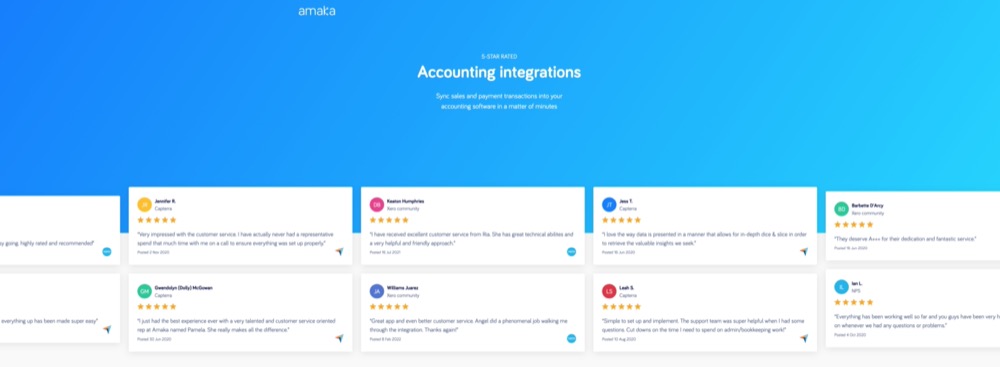It’s Fintech with banks

Over the past couple of years, fintech in the country has grown at a pace that is helping to extend financial services to the masses and making India a benchmark for many global markets. India has been labeled as Asia’s top fintech hub with a fintech adoption rate of 87% above the global average of 64% as explained by RBI Governor Shaktikanta Das.
This current enthusiasm shared by Indian financial institutions about the fintech industry is well connected to a natural evolution of the banking sector in India. For the better part of the last decade, traditional financial institutions gradually realizing the potential of fintech companies have redefined their time-tested strategies for doing business. And the biggest enabler is the technology or technology of fintech that motivates traditional financial institutions to rethink their perspective and enter into a partnership for the future.
Embracing the New Approach – Over the past 75 years of India’s independence, a majority of the country’s financial institutions have made significant strides in increasing the pace of customer operations, and this has been further accelerated by the entry of fintechs into this space.
By leveraging the strengths of each other, while the traditional financial institutions have gained immense inherent trust from their customers driving the vintage and distribution, the new age fintech brings agile data mining capabilities to help them stay connected and relevant to their customers. The combined capabilities can now process historical data on customer behavior and thereby slowly improve processes, bandwidth, reduce errors, create value-added services according to the needs of today’s customers across income levels.
Eliminate customer fears and bring trust –The partnership also helps fledgling fintech companies, with their broad catalog of financial products designed to meet the needs of modern customers, adapt faster. And a significant contributor to this phenomenon is the Indian consumer’s ‘bank only on trust’ affinity. This partnership has helped fintechs identify customer pain points and find solutions to bridge previous process gaps, thereby making the end customer more satisfied and showcasing the same bank as much more customer friendly. And due to the easy availability of these services on the bank’s mobile application, the end consumer is much less hampered by the traditional way of transacting cash and welcomes the digitized process with increased confidence. The simple and effortless use has helped more and more customers who did not use the banking system earlier to use it with pleasure today. And SMEs/Kiranas/farmers largely fall in this segment in the new Bharat.
Technology that enables –
A partnership between financial institutions and fintech institutions visible today is built on the common agenda of better addressing the problems of the end customers and guided by their shared vision to increase financial inclusion using technology as a major enabler.
Over the last couple of years, the popularity of PaaS has grown exponentially among banks and financial institutions, mainly because they offer scalability, ease of access and cost-benefit for the banks. Because of this, banks are not only better able to utilize advanced capabilities, but also meet customer expectations leading to more profitability and retention.
Big data, artificial intelligence and technology, driven by fintechs, have generally accelerated change in payments, lending, insurance and wealth management.
Opportunities ahead – While the bank-fintech partnership spans the full spectrum of financial services, merchant payments have seen increased activity of late. The new approach combines integrated omni-channel payment solutions with value-added connections that leverage payment data to deliver relevant and user-friendly offers for MSMEs/SMBs.
One platform that solves all things like payments, business growth and working capital delivered by combining the best of capabilities from the bank (payment rails, distribution, underwriting) and fintech (usability, data mining and agility) for a specific segment like MSME.
Redefining the way banks operate
By leveraging the PaaS model and entering into equal opportunity partnerships, banks can not only better understand the exact needs of the modern customer, but also positively impact the bottom line. However, it is important to reiterate that for this partnership to truly realize its ultimate potential, banks and fintech must work together, as the partnership between trust and technology is at the heart of its success.
Disclaimer
The views above are the author’s own.
END OF ARTICLE
























